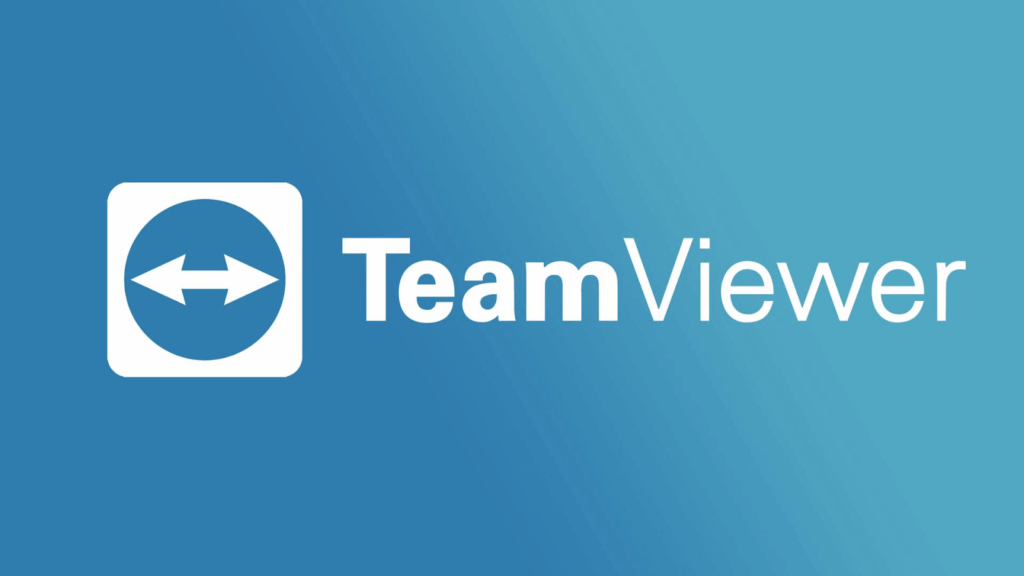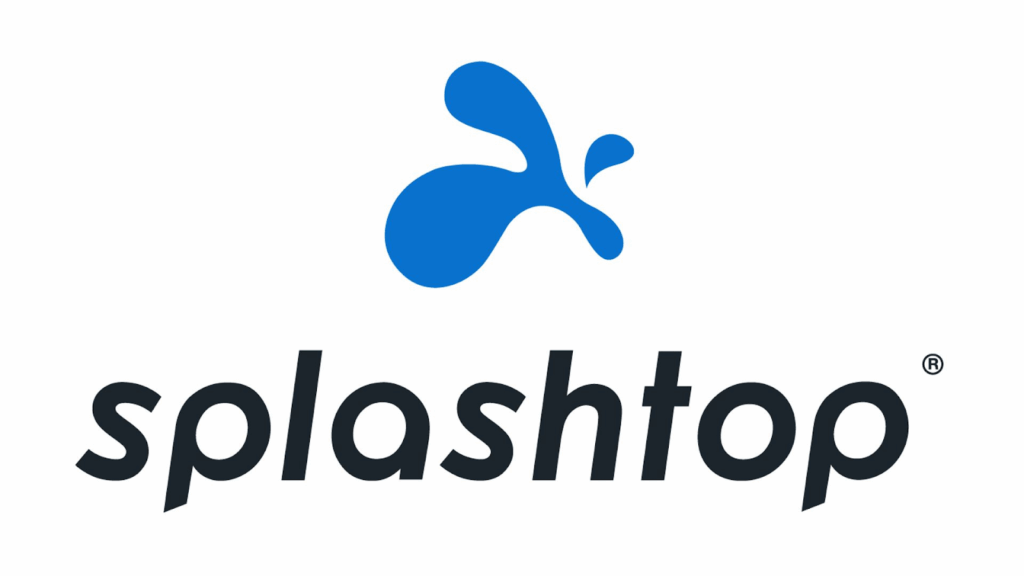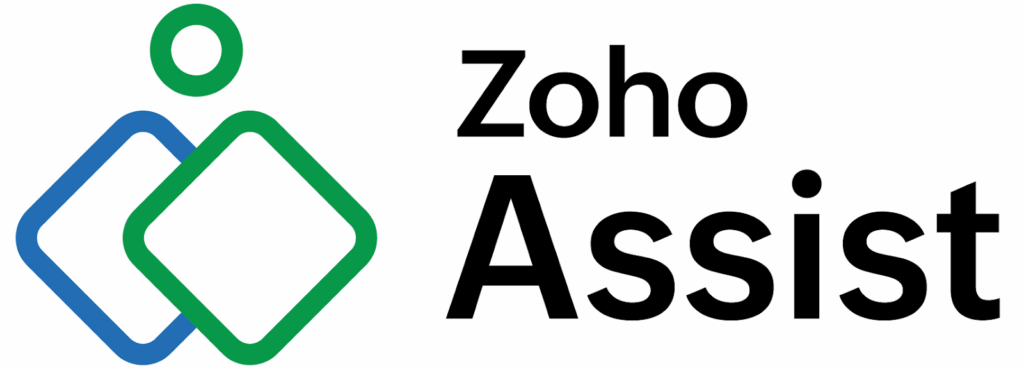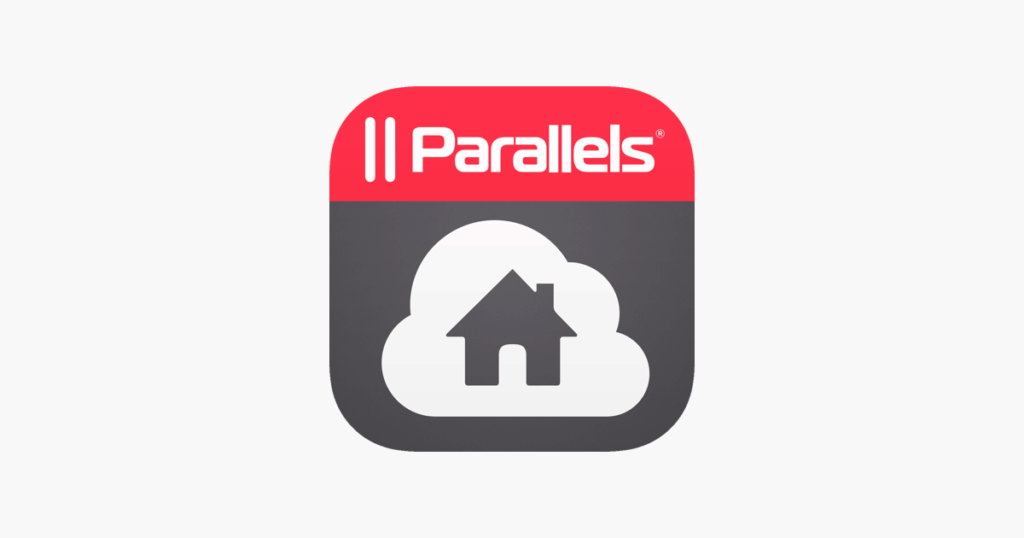The Best Remote Desktop Software for 2025
By 2025, remote desktop software isn’t just helpful—it’s how work gets done in almost every company around the world. Being away from your machine no longer means losing access to important files or apps. Whether fixing a coworker’s tech issue or jumping into a project from a café, distance barely matters anymore.
Today’s top remote desktop software delivers that frictionless feel—like you’re operating your own computer, even if it’s across continents. No more clunky delays or pixelated screens.
What is Remote Desktop Software and Why You Need It?
Remote desktop software lets you take over a computer from another device. Imagine stretching your arm across miles—suddenly you’re typing on a machine that’s in a different city or just down the hall.
Why should this matter to you? Consider these advantages:
- Flexibility and mobility – Access your work computer from home, a coffee shop, or while traveling
- Enhanced IT support – Technicians can troubleshoot issues without physical presence
- Resource optimization – Use powerful desktop resources from less capable devices like tablets
- Business continuity – Maintain operations during disruptions, weather events, or pandemics
- Reduced travel costs – Eliminate trips to remote offices or client locations
- Improved collaboration – Share screens with teammates for real-time cooperation
- Energy efficiency – Keep computers running only when needed, reducing power consumption
IT teams fix servers remotely, hybrid workers grab files from home laptops, travelers check office desktops from hotels—all using software for remote desktop. It’s not about fancy features anymore; these tools just need to work reliably wherever you log in. Like a universal keychain for your digital life, minus the jangling metal.
Top 10 Remote Desktop Software Solutions for 2025

1. TeamViewer — Best All-Round Remote Desktop Software
TeamViewer continues to dominate the remote desktop connection software landscape in 2025, offering a masterful blend of accessibility, security, and powerful features. Its cross-platform compatibility remains unmatched, working seamlessly across Windows, macOS, Linux, Android, and iOS.
Pros:
- Intuitive interface that even technophobes can navigate
- End-to-end encryption keeps connections secure
- File transfer capabilities that don’t compromise speed
- Supports wake-on-LAN for remote computer activation
- Integrates with major ticketing and CRM systems
- Unattended access options for servers and workstations
Cons:
- Premium pricing can be steep for small organizations
- Performance occasionally lags on slower connections
- Free version limitations make it less viable for business use
TeamViewer’s latest AI-powered features, including predictive diagnostics and automated troubleshooting, have cemented its position as the Swiss Army knife of remote access tools. Perfect for organizations that need a reliable, feature-rich solution—if the budget allows.
2. AnyDesk — Fastest Remote Desktop Software

When speed matters—and when doesn’t it?—AnyDesk delivers. This German-engineered solution continues to showcase why it’s considered the fastest remote desktop software available in 2025. Its proprietary DeskRT codec ensures responsive connections even on modest bandwidth.
Pros:
- Lightning-fast response times with minimal latency
- Tiny installation footprint (less than 4MB)
- Address book for managing multiple connections
- Custom branding options for enterprises
- Session recording for training and documentation
- Works exceptionally well over poor connections
Cons:
- Interface feels slightly utilitarian compared to competitors
- Some advanced features require technical knowledge
- File transfer could be more intuitive
For users prioritizing performance above all, AnyDesk delivers a virtually lag-free experience that makes working remotely feel decidedly less remote. The software has particularly strong adoption among IT professionals who value its reliability and speed over flashier alternatives.
3. Splashtop — Best for Remote Desktop Monitoring Software

Splashtop has evolved into the premier solution for remote desktop monitoring software needs, offering real-time visibility into multiple systems with minimal performance impact. Its specialized monitoring capabilities make it ideal for IT teams managing large fleets of devices.
Pros:
- Outstanding multi-monitor support
- Comprehensive logging and reporting features
- High-resolution streaming up to 4K
- Granular permission controls
- Low CPU/memory footprint on host machines
- Excellent security record with robust compliance features
Cons:
- Mobile experience isn’t as refined as desktop version
- Pricing structure can be confusing
- Interface occasionally feels cluttered
Splashtop particularly shines in environments requiring constant vigilance over multiple systems. Its ability to handle simultaneous connections while maintaining performance makes it the tool of choice for MSPs and IT departments needing eyes on many screens at once.
4. RemotePC — Top Remote Desktop Software for Small Teams

RemotePC delivers a powerful yet accessible solution that doesn’t require a dedicated IT department to implement. Its approach makes it arguably the most straightforward desktop remote software for small to medium businesses needing reliable access without complexity.
Pros:
- Extremely user-friendly onboarding process
- Affordable tiered pricing that scales with needs
- Robust file transfer with drag-and-drop functionality
- One-time access codes for temporary sharing
- Built-in meeting and collaboration tools
- Always-on remote access with continuous connectivity
Cons:
- Less customizable than enterprise-oriented solutions
- Limited reporting capabilities
- Mobile apps lack some desktop features
RemotePC strikes the perfect balance between functionality and simplicity, making it ideal for organizations with limited IT resources. Its “set it and forget it” reliability means small teams can focus on work rather than troubleshooting connection issues.
5. Zoho Assist — Best for Multiple Monitors

Zoho Assist has established itself as the leading remote desktop software multiple monitor solution, with unparalleled support for complex multi-screen setups. Its intuitive monitor switching makes navigating between displays feel natural and effortless.
Pros:
- Seamless navigation across multiple monitors
- Integrated with broader Zoho ecosystem
- Voice and video chat capabilities
- Customizable rebranding options
- Clipboard sharing across devices
- Scheduling and unattended access features
Cons:
- Performance can degrade with more than three monitors
- Some features require subscription to other Zoho products
- Limited integration with non-Zoho tools
For power users with elaborate multi-monitor setups, Zoho Assist eliminates the frustration of remote access by maintaining the spatial relationship between screens. This makes it particularly valuable for creative professionals, financial analysts, and others whose workflow spans multiple displays.
6. Chrome Remote Desktop — Best Free Option

Google’s offering remains the gold standard for free remote desktop software for Windows and other platforms. While basic compared to paid alternatives, Chrome Remote Desktop delivers remarkable functionality considering its zero-dollar price tag.
Pros:
- Completely free for personal and business use
- Works through Chrome browser or dedicated apps
- Simple, straightforward setup process
- Consistent experience across platforms
- Google account integration for security
- No arbitrary connection time limits
Cons:
- Limited feature set compared to paid solutions
- No built-in chat functionality
- Minimal customization options
- Requires Google account for authentication
For occasional users or those with basic remote access needs, Chrome Remote Desktop provides a no-frills solution that just works. Its browser-based approach means you can establish connections from virtually any device without installing specialized software—a significant advantage in restricted environments.
7. Parallels Access — Best for Mobile Users

Parallels Access has redefined how we interact with desktop environments from mobile devices. Rather than simply shrinking the desktop experience, it reimagines it for touch interfaces, making it the standout software for remote desktop access from phones and tablets.
Pros:
- Native mobile-optimized interface
- App Launcher for quick access to frequently used applications
- Gesture-based navigation designed for touchscreens
- Wake-on-LAN functionality
- File management optimized for mobile
- Excellent iOS and Android support
Cons:
- Higher price point than some competitors
- Limited to controlling only 5 computers on standard plan
- Fewer enterprise management features
Where Parallels Access truly excels is making desktop software usable on mobile devices. Instead of pinching and zooming around a desktop interface, users get an experience that feels designed for smaller screens—transforming frustrating experiences into productive ones.
8. Remote Utilities — Best Remote Desktop Software for Windows

Remote Utilities offers perhaps the most comprehensive remote desktop for Windows environments, with deep integration into Windows systems and exceptional compatibility with legacy applications and hardware.
Pros:
- Permanent free license for up to 10 computers
- One-time purchase option (no subscriptions)
- Comprehensive Windows integration
- Command line functionality
- Robust IP filtering and security options
- Task manager and registry access
Cons:
- Windows-centric with limited cross-platform support
- Interface feels dated compared to competitors
- Steeper learning curve for advanced features
Remote Utilities caters specifically to Windows-heavy environments, offering specialized features that generic solutions can’t match. For organizations deeply invested in Microsoft’s ecosystem, its purpose-built approach delivers unparalleled control over Windows systems, making it one of the best remote desktop software options available.
9. LogMeIn Pro — Best for Enterprises

LogMeIn Pro continues to set the standard for enterprise-grade remote desktop connection software with its comprehensive management tools, scalability, and robust security framework. Its enterprise focus ensures it meets the stringent requirements of large organizations.
Pros:
- Centralized management console
- Directory service integration
- Remote printing capabilities
- 1TB file storage included
- Comprehensive audit logging
- Enterprise-grade security compliance
Cons:
- Among the most expensive options
- Interface complexity can overwhelm casual users
- Performance varies based on connection quality
For enterprise environments where security, compliance, and management capabilities are non-negotiable, LogMeIn Pro delivers a comprehensive solution that scales effortlessly. Its centralized approach to managing remote access makes it particularly valuable for organizations with strict governance requirements.
10. RustDesk — Best for Gaming

The newest entrant on our list, RustDesk has quickly established itself as the premier remote desktop software for gaming thanks to its ultra-low latency and frame rate optimization. It’s the first remote desktop solution truly capable of handling gaming workloads without compromising experience.
Pros:
- Optimized for high frame rates
- Minimal input lag even in fast-paced games
- Open-source architecture with self-hosting options
- Bandwidth adaptation for consistent performance
- Hardware acceleration support
- Privacy-focused with no account requirement
Cons:
- Newer product with less established track record
- Documentation can be sparse
- Community support rather than commercial support
For gamers looking to access their gaming rigs remotely or stream gameplay from more powerful machines to portable devices, RustDesk offers the first truly viable solution. Its specialized focus on minimizing latency makes previously impossible remote gaming sessions not just possible but enjoyable.
Remote Desktop Software Reviews: How We Chose the Top 5
Determining the top 5 remote desktop software solutions required a methodical approach that balanced multiple factors. Our evaluation process focused on criteria that matter most to users across different scenarios.
Performance came first—how responsive does the connection feel? We tested each solution across various network conditions, from high-speed office environments to spotty coffee shop Wi-Fi. The best remote desktop software maintained usability even when conditions weren’t ideal.
Security formed our second pillar of assessment. We examined encryption methods, authentication options, and vulnerability histories. Solutions with end-to-end encryption, two-factor authentication, and clean security records earned higher marks.
Usability represented another crucial dimension. How quickly could new users get connected? How intuitive was the interface? Solutions that balanced power with accessibility scored highest here.
Feature completeness rounded out our core criteria. We cataloged capabilities from file transfer to multi-monitor support, remote printing to session recording. While no solution offers everything, the most versatile options earned spots in our top five.
Finally, we considered value—not just price, but what you get for your investment in remote desktop software. Free solutions with surprising capabilities (like Chrome Remote Desktop) earned recognition alongside premium options that justify their cost through superior functionality.
Through this comprehensive analysis, we identified TeamViewer, AnyDesk, Splashtop, RemotePC, and Zoho Assist as the standout solutions for 2025, though specific needs might make other options on our list more appropriate for certain users.
Conclusion: Find Your Perfect Remote Desktop Software
The landscape of remote desktop software reviews reveals there’s no one-size-fits-all solution—each option brings distinctive strengths to the table. Your perfect match depends entirely on your specific needs, technical environment, and budget constraints.
For most users seeking balance, TeamViewer continues to offer the most well-rounded experience. Those prioritizing speed will find AnyDesk’s performance unmatched. IT departments managing multiple systems should look to Splashtop’s monitoring capabilities. Small teams wanting simplicity will appreciate RemotePC’s straightforward approach.
Don’t overlook specialized needs. Multi-monitor power users should investigate Zoho Assist. Mobile-first workers will find Parallels Access transformative. Windows-centric environments will benefit from Remote Utilities’ deep integration, while gamers now have a viable option in RustDesk.
Budget considerations matter too. Chrome Remote Desktop offers impressive functionality at zero cost. Others like Remote Utilities provide perpetual licensing options that can be more economical long-term than subscription models.
Whatever your requirements, today’s remote desktop software solutions offer unprecedented access, security, and functionality. The technology continues to evolve—making the distance between you and your digital workspace increasingly irrelevant. The future of work isn’t just remote; it’s seamless.
FAQ About Remote Desktop Software
What is the best remote desktop software for Windows?
TeamViewer works well with Windows, but software like Remote Utilities really leans into that ecosystem. It’s built around Windows features, so teams using mostly Microsoft setups might find it a tight fit. For simpler tasks, Windows 11’s own Remote Desktop Connection has gotten better lately—good pick if you just need basic access without extra tools.
Which remote desktop software is the fastest?
AnyDesk beats rivals in speed tests every time, and it’s no accident. With a custom DeskRT codec that squeezes data streams to essentials, this software keeps things snappy even on slower connections. For folks who care about speed most—say, editing video or running CAD tools—that lag-free feel makes a real difference.
Can remote desktop software support gaming?
Yes, modern solutions like RustDesk specifically target remote desktop software for gaming scenarios with specialized optimization for low latency and high frame rates. Traditional remote desktop tools struggle with gaming due to input lag and image quality issues, but purpose-built solutions now offer viable remote gaming experiences. For casual gaming, even solutions like Parsec (which didn’t make our top 10 but deserves mention for gaming use cases) can deliver acceptable performance.

